Category: Natural science & maths
-
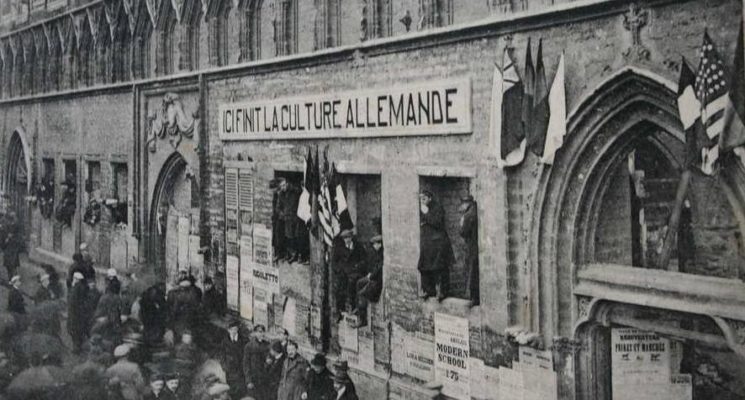
The Belgian reception of relativity theory
In 1919, with the experimental verification of general relativity by the English astronomer, physicist and mathematician Sir Arthur Stanley Eddington, Albert Einstein’s theory came to be celebrated worldwide. Newspapers across the globe hailed Eddington’s observations as definitive proof of Einstein’s postulates on gravitation.
-
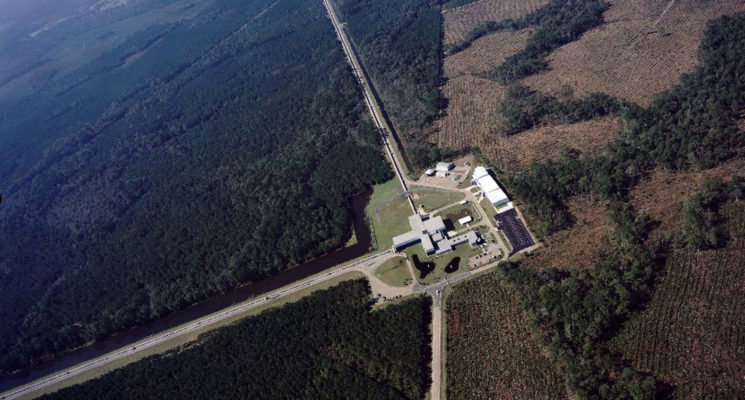
SSK.O. ?
The recent discovery of gravitational waves has impressed many people and has caused considerable stir in the community of physicists. Surprisingly this commotion has not spread to the community of historians of science. This is surprising because I believe that the claim to have detected gravitational waves constitutes a serious blow to the stronger versions…
-
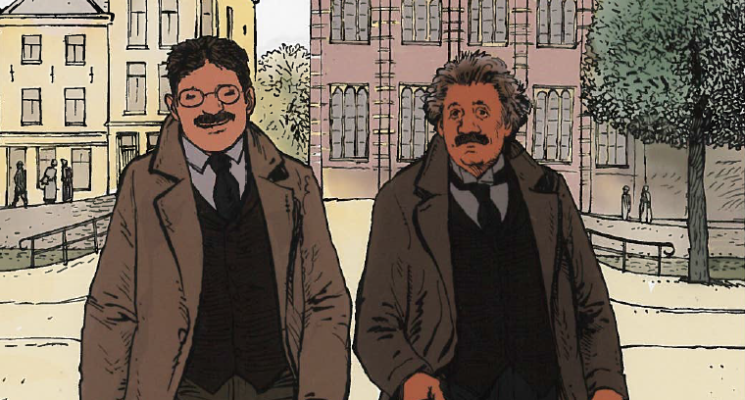
History of science in comic books
Fred de Heij (illustraties), Ad Maas (tekst), Ehrenfest! (Museum Boerhaave, Leiden 2015), 50 pagina’s, € 7,95. Als er één natuurkundige een stripverhaal waardig is, dan is het Ehrenfest. Zijn leven is op zich al bijna een stripverhaal. Deze energieke fysicus wist in een tijd van verwarrende ontwikkelingen de natuurkunde te verlevendigen door deze te vatten…
-
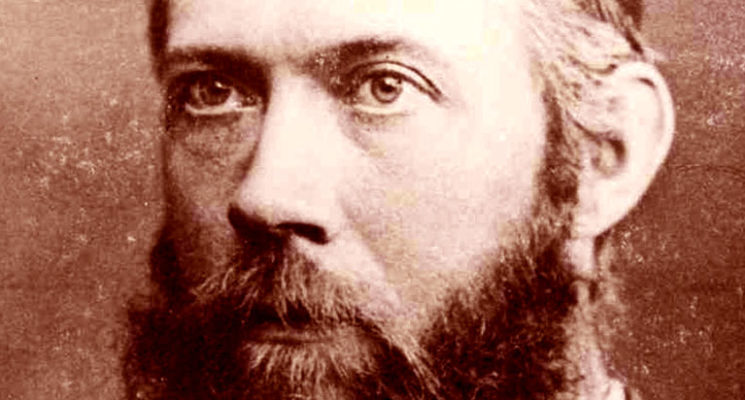
‘Everybody say Pannekoek!’
“Everybody say Pannekoek!’ ‘PENNNNEECOOOOKK’ ‘And again!” Emeritus-professor Ed van den Heuvel klom dapper op het muurtje in de tuin van het Trippenhuis van de KNAW om een uniek gezelschap te vereeuwigen. Rondom astronoom en socialist Anton Pannekoek (1873-1960) hadden zich op 9 en 10 juni wetenschaps-, kunst- en politiek historici, filosofen, kunstenaars en astronomen verzameld…
-
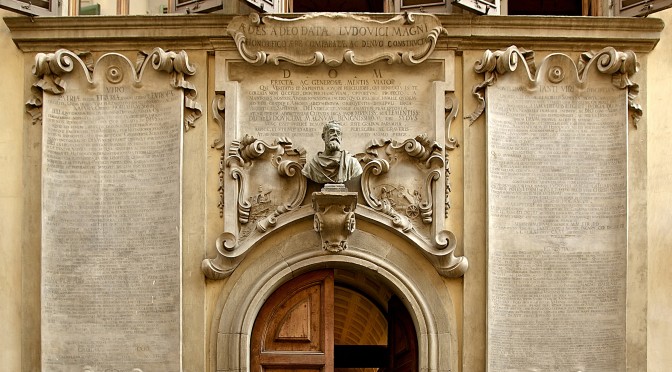
Famous, Shrewd, Florentine, Mathematician: Guess Who?
In 1611 an unknown novice recited a poem titled “Sonnet on the Death of the King Henry the Great, and on the Discovery of Some New Planets, or Stars Wandering Around Jupiter, Made this Year by Galileo Galilei, Famous Mathematician of the Grand Duke of Florence”.[1] The occasion was the three-day commemoration of the death…
-
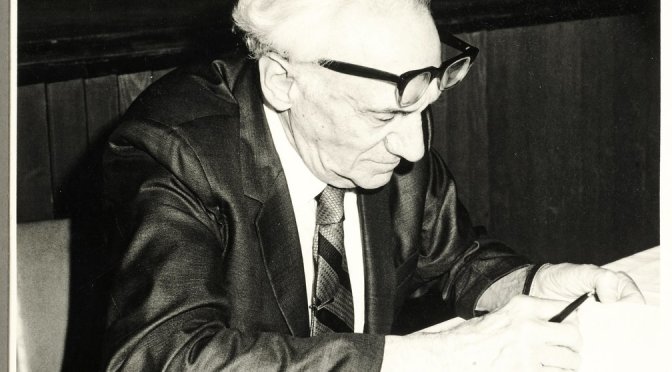
The V-Files
In the classic 1990s television show The X-Files, the Federal Bureau of Investigation relegated files of mysterious cases to a backwater office to be investigated by a lonely pair of agents, forgotten by the rest of the world (except when they got into trouble). The Immanuel Velikovsky Papers, stored in the Department of Rare Books…
-
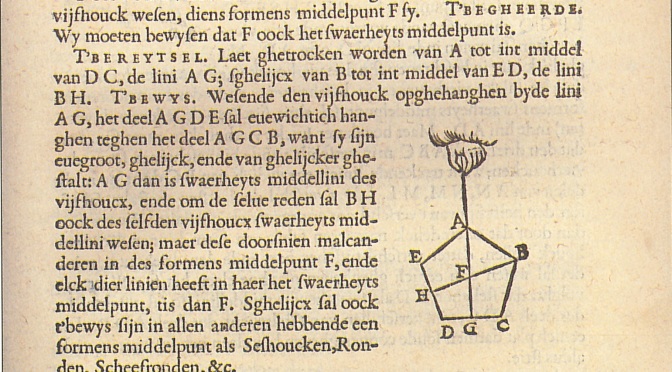
WIE HAALT UIT EEN RECENT PROEFSCHRIFT OVER SIMON STEVIN EEN PRACHT-ARTIKEL?
Ik begin deze oproep met een waar gebeurd verhaal. Op 5 juni 2013 promoveerde aan de Vrije Universiteit ir. Kees Schilt op een proefschrift met als titel Simon Stevin en het Hermetisme. De jonge doctor was toen 80 jaar oud en al zo doodziek dat de promotie bij wijze van hoge uitzondering niet op de…
-
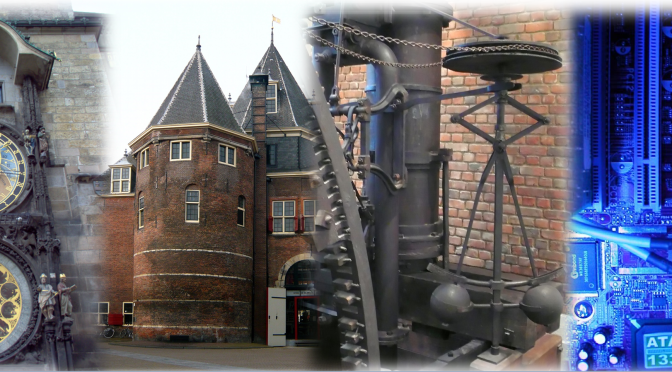
Mediating machines: a proposal for a big picture of the history of science
Over the last few decades there have been several calls for a ‘big picture’ of the history of science. The gradual fragmentation – or even dismissal – of older grand narratives, accelerated by the cultural turn, is increasingly seen as problematic. There is a general need for a concise overview of the rise of modern…
-

Visualization of dimensionality after the institutional separation of mathematics and physics
Dimensionality is one of those concepts which has reached a higher level of complexity after the emergence of mathematics as an institutional discipline. Until the institutional split dimensionality was perceived as it had been understood from Euclid’s time. Visualizing dimensionality from that point of view was not particularly challenging. This changed with the introduction of…
-
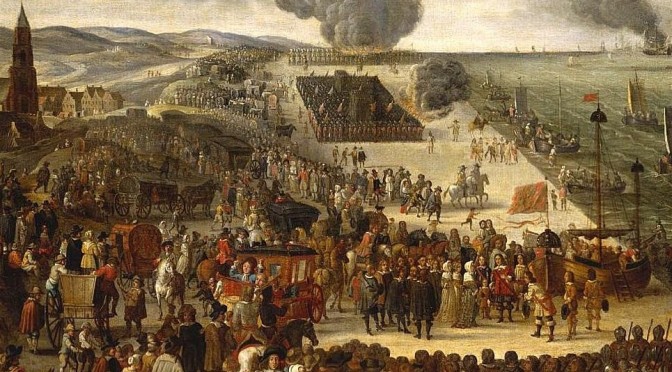
Wetenschap als instrument van politieke verzoening en modieus koningschap. Charles II en de Royal Society
Door Gijs Rommelse Na een drukke dag met tal van activiteiten dineerde Samuel Pepys, één van de belangrijkste ambtenaren van de Engelse admiraliteit, op woensdagavond 14 november 1666 in de Pope’s Head, een bekende herberg in het hart van Londen. In zijn later beroemd geworden dagboek noteerde hij dat één van zijn tafelgenoten, de prominente…
-
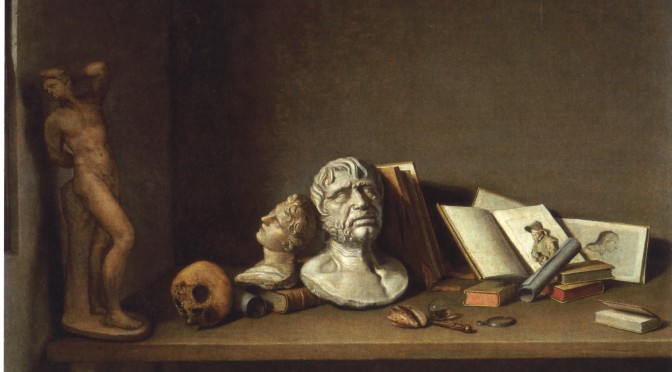
Een telescoop uit Delft
Door Marlise Rijks Op 14 mei 2014 haalde het bericht het achtuurjournaal: in Delft was Nederlands oudste bewaarde telescoop gevonden. Het instrument werd opgegraven door archeologen die in eerste instantie dachten een kogelhuls te pakken te hebben. Na onderzoek door Museum Boerhaave bleek het echter te gaan om een telescoop uit de vroege zeventiende eeuw.…
-
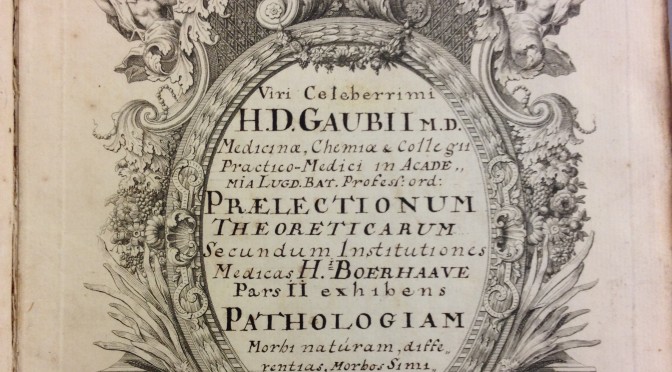
The chemical skeleton: why chemistry mattered to 18th-century medicine
By Ruben Verwaal Imagine yourself as an 18th-century medical student at Leiden university. You are curious to know why you sometimes feel all weak and limp, while elderly people may have stiff muscles. Why can there be days you suffer from constipation, while on other days you have diarrhoea? Questions such as these also kept…
-
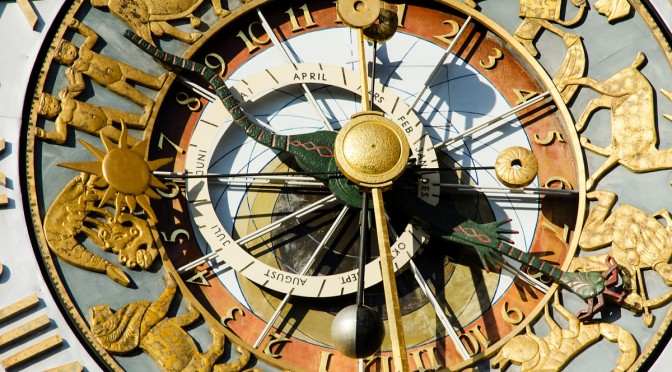
Het belang van afdankertjes
Door Rienk Vermij De geschiedenis van de “wetenschappelijke revolutie”van de zeventiende eeuw wordt veelal beschreven als een opeenvolging van ontdekkingen en nieuwe theorieën. Niemand zal zeggen dat die niet belangrijk zijn, maar zo’n verhaal mist wel een belangrijke dimensie. Want niet alleen wonnen nieuwe ideeën veld, er werden ook oude afgedankt.
-
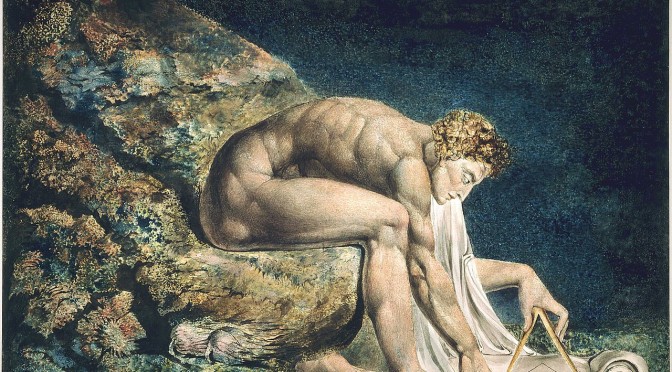
Over Fedde’s neerhalen van Newton
Door Floris Cohen De redactie van ‘Schelpen en Steentjes’ heeft me gevraagd om op Fedde Benedictus’ boutade over Newton te reageren, ik denk omdat ik de auteur ben van een boek over Newton. En inderdaad, in de epiloog van Isaac Newton en het ware weten vind ik een heel reeksje van zwakke punten van Newton…
-
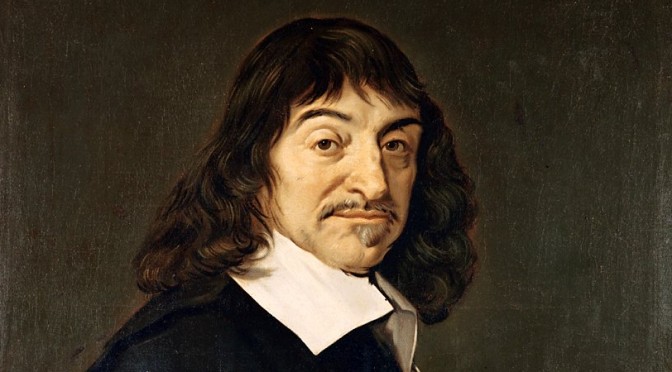
The Father of Modern Science?
By Fedde Benedictus Both the originality and the intrinsic value of the work of Isaac Newton have been grossly overestimated. According to traditional history of science, Newton’s work (of which primarily his Principia Mathematica, first published in 1687) was the 17th century’s very pinnacle of the mechanistic worldview, and with that, it provided one of…
-
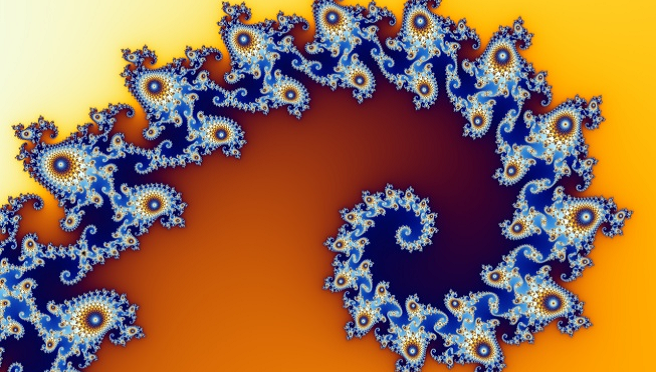
The Subtle Spiral of Life & Death.
By Fedde Benedictus Buried beneath spirals Ever since humans began using stone slabs for the decoration and demarcation of their gravesites, masonry has been employed to show the social status of the deceased individual. In this tradition, the Swiss mathematician Jacob Bernoulli chose the figure of a logarithmic spiral to be carved onto his gravestone.…
-
Het belang van een brief
Door Abel Streefland Het was het eerste interview dat ik als promovendus afnam. Dolf de Vries woonde in Buitenveldert in een mooi groot opgezet appartement op de eerste verdieping, tegenover bejaardenhuis Beth Shalom. Een kleine Joodse mijnheer, kwiek voor zijn 86 jaar. Van zijn familie moest hij in huis altijd met een rollator lopen, maar…
-
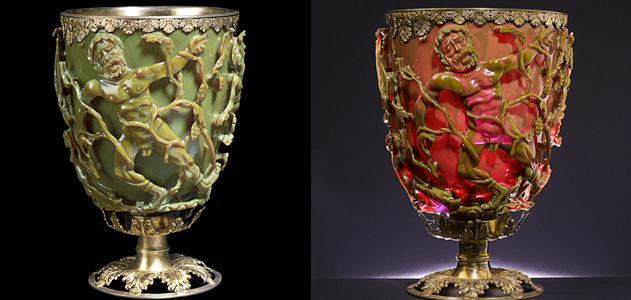
How old is nanotechnology?
By Koen Beumer Nanotechnology is new. And yet discussions about nanotechnology feature numerous references to artifacts from ancient times. Nanotechnology is said to be present in anything from stained glass in Medieval European churches to blades of eighteenth century Indian warriors. How can we make sense of these historical references?
-
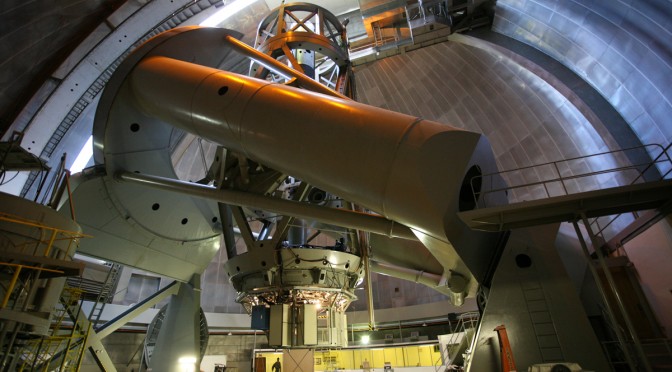
Wie heeft de grootste?
Door David Baneke De geschiedenis van de moderne sterrenkunde wordt vaak beschreven aan de hand van een opeenvolging van steeds grotere telescopen. Niet zelden lijkt het zelfs op een wedstrijd: wie heeft de grootste? Ook astronomen zelf spreken vaak in die termen – kijk maar eens op de website van enkele grote astronomische organisaties (ESO,…
-
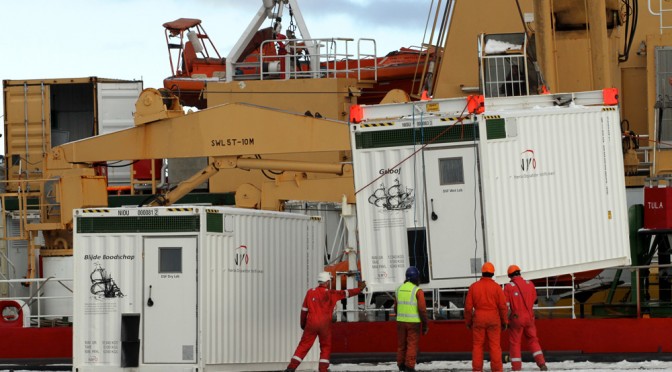
Dutch movable stations in nature — “For a dime on the first row”?
By Robert-Jan Wille Recently, the British Antarctic Survey’s Rothera station has welcomed new guests. A group of Dutch scientists from the universities of Utrecht and Groningen and from the Royal Netherlands Institute for Sea Research arrived this season to do laboratory research, financially supported by the NWO, the Dutch NSF. Neither being able nor willing…
-
Heisenberg en zijn fout: catastrofale gevolgen voor het Duitse atoombomproject?
Door Anne van der Linden Onder leiding van de Verenigde Staten werden de eerste atoombommen ontwikkeld tijdens de Tweede Wereldoorlog. Ook Duitse wetenschappers hielden zich in deze periode bezig met het ontwikkelen van een atoombom. Het mag duidelijk zijn dat ze hier niet in slaagden. De Nobelprijswinnaar Werner Heisenberg was een van de wetenschappers die…
